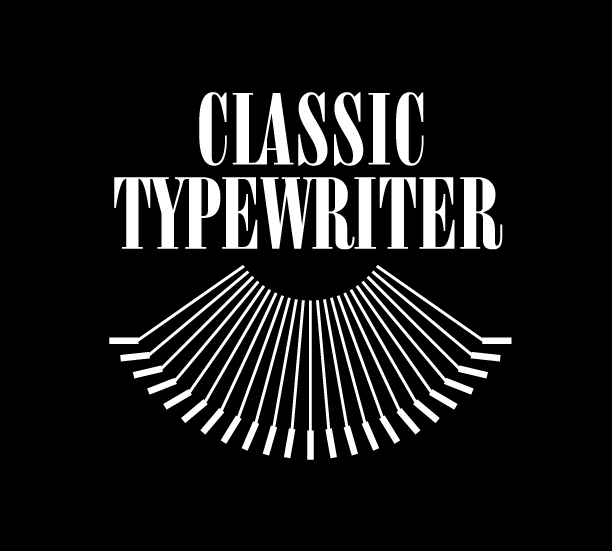Charles Bukowski and His Typewriters: The Tools Behind the Poetry of the Grit
Charles Bukowski's Typewriters
Bukowski didn't romanticize his tools. He beat the hell out of them.
The Workhorse and the Rhythm
The Olympia SG1 was his main machine. Heavy-duty manual that could take the punishment. No-frills, practical, built like Bukowski himself—meant to last through thousands of nights and hangovers and bursts of inspiration that demanded immediate translation to paper.
Before that, an Underwood Standard. Reliable, smooth, did what it was supposed to do without complaint.
Later, when age and output caught up with him, the IBM Selectric. Electric meant more words, less physical toll. Even Bukowski eventually needed help keeping pace with his own mind.
Pounding Out a Beat
"Writing is pounding out a beat...the rhythm, the pulse—that's what matters."
He meant it literally. The manual typewriter gave him rhythm. The tactile feedback matched the visceral nature of his prose. Hammering keys felt like the work itself—violent, immediate, real.
"The typewriter, the bottle, the room—it's all the same. You find a place where the words flow and let the machine take you there."
No distractions. No backspace key to second-guess yourself. No cursor blinking at you, waiting. Just the clack of keys and the bell at the end of each line and the physical act of creating something permanent.
The Company He Kept
Kerouac used a Hermes Baby and Underwood portable for his spontaneous prose. Henry Miller pounded an Underwood Standard for his unfiltered intensity. John Fante—Bukowski's idol—worked with the same gritty realism, though his machines are less documented than his influence.
They all understood something: the typewriter forces commitment. Every keystroke matters because every keystroke stays.
What Remains
Bukowski's prose was loud, profane, unapologetic. His typewriters hummed underneath it all with quiet purpose.
The Olympia didn't care about his drinking or his deadlines or whether the words were any good. It just took what he gave it and put it on the page.
That's what simplicity does. Strips away everything except the work. You sit down. You put your fingers on the keys. You let the rhythm carry you forward until there's nothing left to say.
Then you pull the page out and start again.
——Classic Typewriter Company—-
—-Present Company—-- (Humans living around a monthly paper newsletter)

